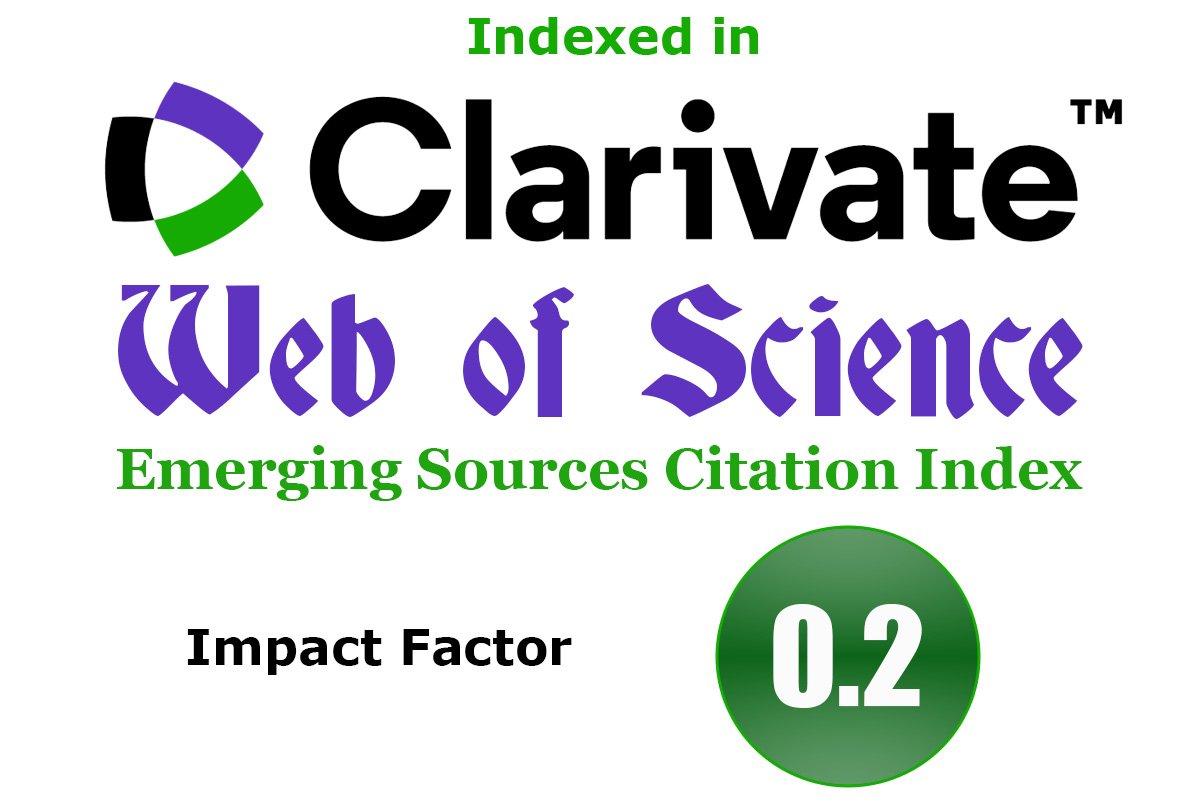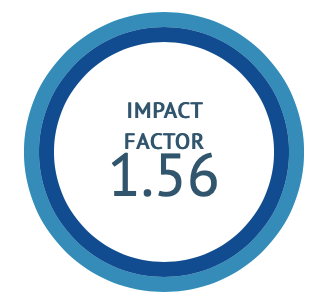In-Silico Analysis Bioactive Compounds from Carica papaya and Triticum aestivum for Androgen Receptor Modulation in Polycystic Ovary Syndrome (PCOS)
DOI:
https://doi.org/10.47552/ijam.v16iS2.6203Keywords:
Polycystic Ovary Syndrome, Androgen receptor, Carica papaya, Triticum aestivum, DihydrotestosteroneAbstract
Polycystic Ovary Syndrome (PCOS) is a multifactorial endocrine disorder that affects a large population of women in their reproductive years. A key feature of PCOS is hyperandrogenism, which contributes significantly to the clinical manifestations of the syndrome, including irregular menstrual cycles, infertility, and metabolic disturbances. The androgen receptor (AR), a nuclear transcription factor that mediates the biological effects of androgens such as testosterone and dihydrotestosterone (DHT), has become a critical molecular target in efforts to develop effective therapeutic strategies for PCOS. With the growing interest in computational drug discovery, in-silico techniques such as molecular docking and virtual screening have gained prominence for identifying promising compounds that interact favourably with target receptors. These approaches provide valuable insights into the structural compatibility and binding affinity of ligand-receptor complexes. The present study focuses on exploring natural therapeutic alternatives by investigating the binding potential of phytoconstituents derived from two traditionally significant medicinal plants—Carica papaya and Triticum aestivum. C. papaya is rich in bioactive molecules like flavonoids, alkaloids, and papain, known for their anti-inflammatory and hormonal balancing properties. T. aestivum, or wheatgrass, contains chlorophyll, phenolic compounds, and micronutrients reputed for detoxification and endocrine modulation. Molecular docking simulations were performed using UCSF Chimera for ligand preparation, AutoDock Vina for docking, and Discovery Studio for interaction analysis. The findings revealed that several compounds from these herbs showed strong binding affinities to the androgen receptor, suggesting their potential as natural therapeutic agents for the management of PCOS.
Downloads
Published
How to Cite
Issue
Section
License
Copyright (c) 2025 International Journal of Ayurvedic Medicine

This work is licensed under a Creative Commons Attribution-NonCommercial-ShareAlike 4.0 International License.
The author hereby transfers, assigns, or conveys all copyright ownership to the International Journal of Ayurvedic Medicine (IJAM). By this transfer, the article becomes the property of the IJAM and may not be published elsewhere without written permission from the IJAM.
This transfer of copyright also implies transfer of rights for printed, electronic, microfilm, and facsimile publication. No royalty or other monetary compensation will be received for transferring the copyright of the article to the IJAM.
The IJAM, in turn, grants each author the right to republish the article in any book for which he or she is the author or editor, without paying royalties to the IJAM, subject to the express conditions that (a) the author notify IJAM in advance in writing of this republication and (b) a credit line attributes the original publication to IJAM.





